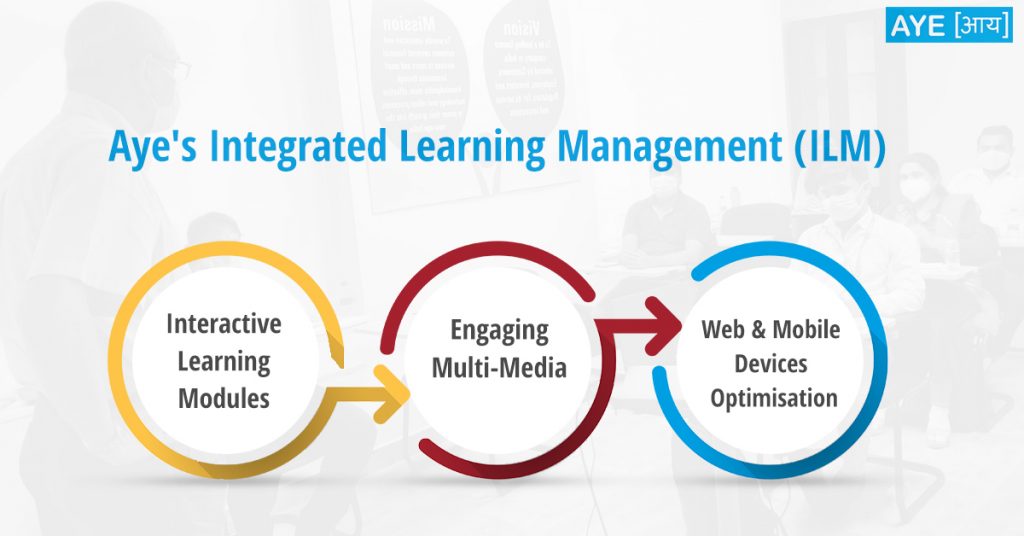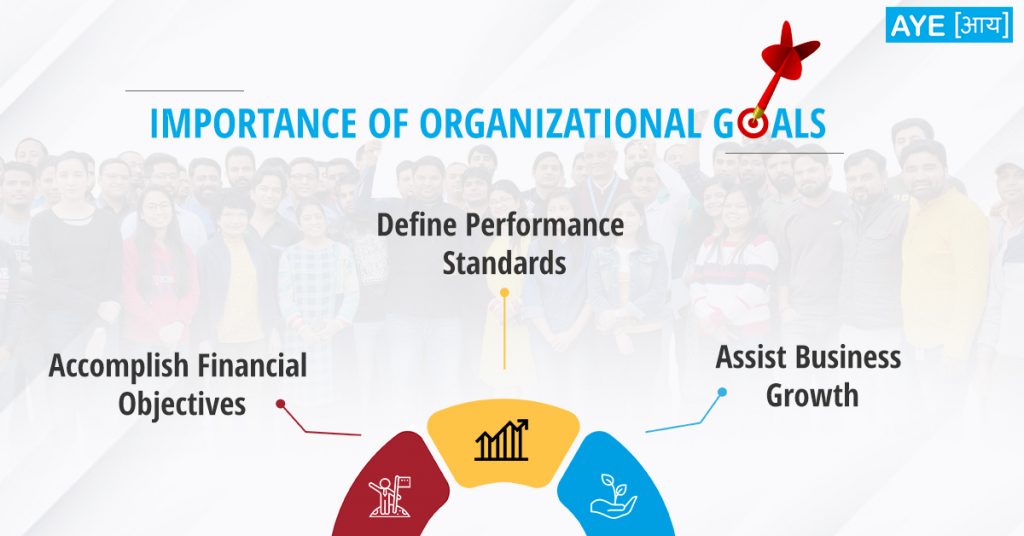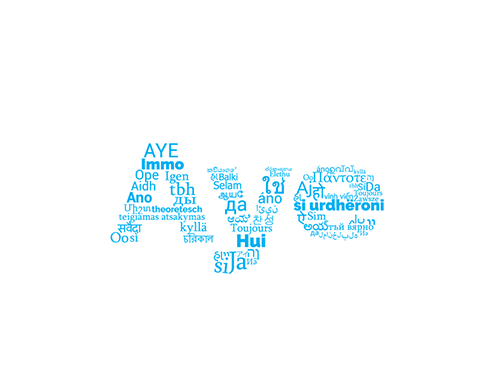What’s one of the most important things a business can do to thrive? Invest in its employees. This is not just a feel-good idea, but a smart business decision that ultimately translates into higher productivity and profitability. Here at Aye, we are proud of our learning and development program which goes beyond the standard training sessions or technical workshops. In this blog, we will explore some of the ways through which Aye is supporting its employees in the workplace.
Our Integrated Learning Management (ILM)
Aye’s Integrated Learning Management (ILM) takes a holistic approach to an employee’s learning and development through a buffet of training programs. ILM assists us in ensuring that our training and upskilling are not limited to when formal classroom training can be organized.
Some key features of ILM are stated below:
- Offers bite-sized and interactive learning modules
- Leverages e-learning and multi-media like audio and animations
- Maximizes efficiency by making the modules accessible through web & mobile devices

Aye’s Organizational Development
The organizational development at AYE is all about making use of the resources available to the organization for improving efficiency and expanding its productivity. It is used for the purpose of solving problems which are related to our company and gives a methodology for analysing the processes involved.
The goals of organizational development are formulated based on the dynamics the business deals in. Organizational development may be a strategy which is managed from the top, to originate structural changes for increasing effectiveness through planned intrusions based on equal opportunities.
Importance of Organizational Goals
Setting specific structural goals facilitates us to attain progress and complete the tasks to meet those business goals. This is exactly what our organizational goals do, along with:

- Guiding the efforts of our Ayetians
- Justifying our company’s pursuits
- Defining performance standards
- Providing limitations for attaining unnecessary goals
- Functioning as behavioural motivations
While developing sound goals has supported Aye with planning, we also take over time goals into account that might turn out to be unrealistic and have to be modified accordingly, which is what we do when needed.
Types of Organizational Goals
There are two main types of organizational goals we follow:
Official – Official goals are the ones that Aye wishes to attain. These goals are described in a company’s public statement, such as the corporate document or annual reports. They support us in building the company’s name and reputation. Such goals are usually qualitative.
Operative – These goals need to achieve a desired outcome. Operative goals are the actual steps taken to achieve Aye’s purpose. These are often short-term goals that Aye as an organization seeks to achieve through its operating policies and operations.
Our leaders pay close attention to our company’s performance by creating a vision, building stronger relationships with employees and customers, and empowering employees at all levels while at the same time maintaining control. The executive team thus forms a relevant and innovative strategy that guides the organization into a successful future.
At Aye, we know that learning never stops. That’s why our team is always working on their skillset — whether it be through on-the-job training, coaching sessions, or formal courses.
We are continuously impressed by the motivation of our teams, which inspires us to perform our best and provide them with all the resources available to upskill themselves. Aye Finance is proud of the work culture created by our employees, and we strive to better our organization in every way we can.










